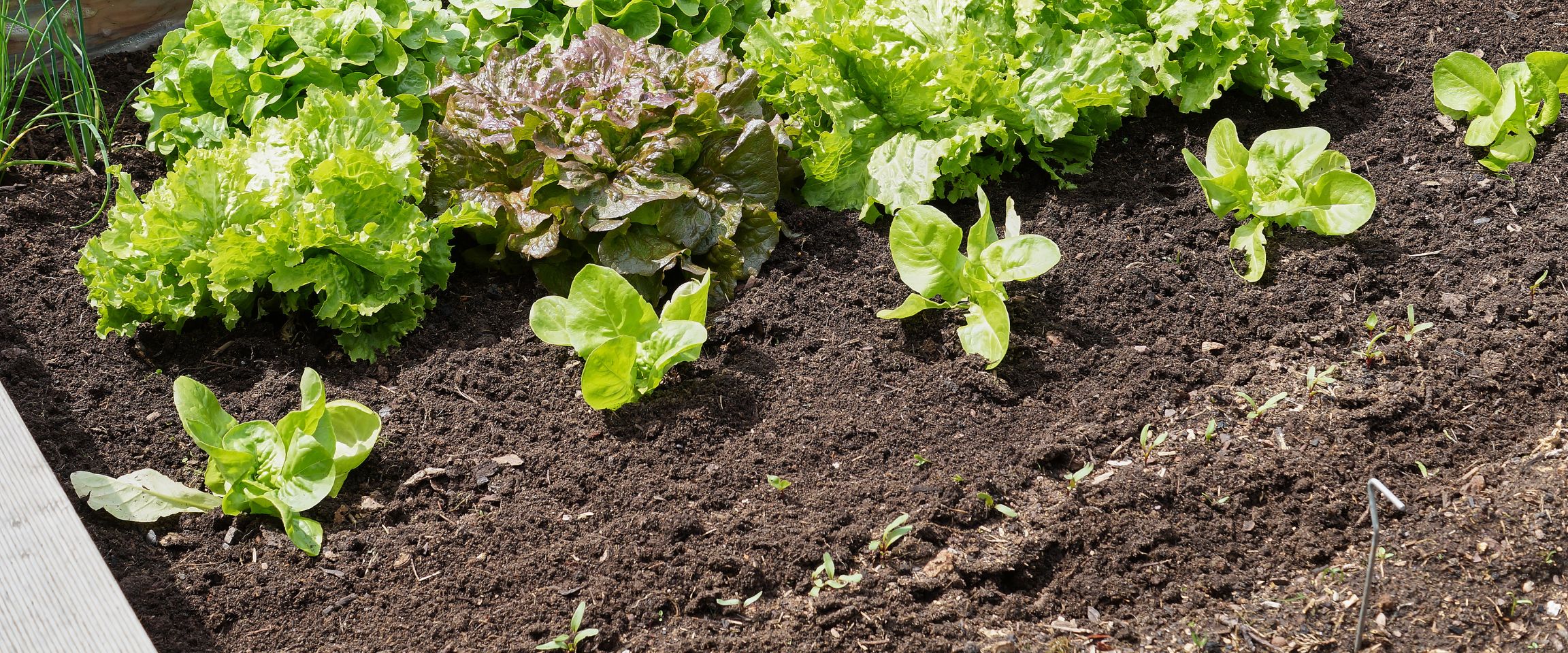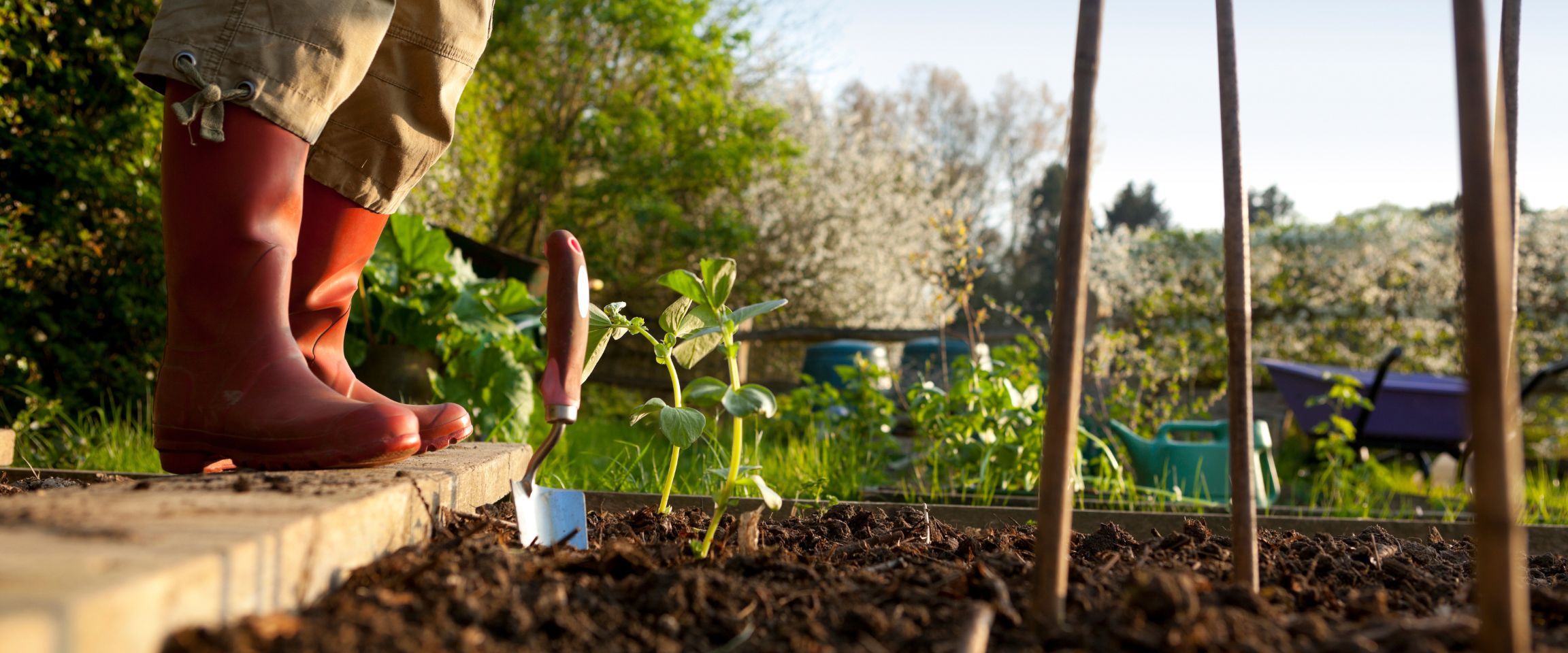10 Biggest Mistakes People Make When Starting Their Gardens in the Spring

Here are the ten common mistakes we want to help you avoid this spring so that you can start your garden off right this year, and you'll see the benefits all season long!
Number 1: Forgetting to tend to your soil
You must take care of your garden's base before you can even think about growing plants. That's why getting a soil test, making amendments, and adding fertilizer is so important! If the plants don’t have good soil to grow in you’ll be disappointed and can get frustrated by the lack of growth and progress. Before planting we like to add a plant or animal-based fertilizer like Fertrell brand - or anything organic. It’s a great granular fertilizer that allows the plant to take up the nutrients when it needs them! Whatever fertilizer you choose, it is important that it contains nutrients like nitrogen, phosphorus, and potassium. When adding your fertilizer make sure that the soil isn’t too wet. Spring is a rainy time so be patient and wait till your soil has dried out a bit on top but is still cool and damp to the touch when you dig in a few inches!
Number 2: Not taking time to clean and revamp the garden
Winter can be rough on a garden so before you plant, take time to clean up the garden a bit. Remove last year’s plant debris, any new weeds, and cultivate the soil. If you have raised beds, go ahead and sand the bench tops and seal them with a whey-based poly. It’s easy to delay the maintenance work when the fun stuff like planting is on the horizon, but your garden beds will thank you. And so will your fingers, mine have had their fair share of splinters, and your pants won’t have snags. A little upkeep before planting will keep “hot” sawdust off your young plants for a happy beginning.
Number 3: Planting too early
I know as the weather warms, I get that itch to plant! I have to remind myself that one warm 60s day does not mean it’s time to plant “heat loving” plants like tomatoes, peppers, and squash. Know your last Spring frost date for your area and check your seed packages for temperature recommendations. If you plant these prized veggies too soon, they are at a high risk of poor germination, frost or freeze damage. They may survive a few frosty nights with a cover or blanket, but it may stunt their growth.
Number 4: Planting too late
Some of us fall on the other side of the spectrum. Maybe you’ve been “burned” by a late frost in the past or you just don’t want to make any mistakes, so you wait till long after the last frost date to get your plants out into the garden. There is nothing necessarily wrong with this strategy, but it can greatly reduce your growing season especially for “cool loving” plants like your lettuces, roots, and other greens. You can plant these well before the “first Spring frost date” as they are tolerant to cold weather. If you wait until the warm and hot months, you’ll be late to enjoy these delicacies. As always do what feels right for you in your garden but don’t let jack frost intimidate you out of a long and abundant growing season!

Number 5: Overcrowding your plants
This one is for us over zealous gardeners again! In a need for green and lots of it, sometimes people will accidently “over plant” their crops. Especially when transplanting it can be easy to plant so densely you can’t see the soil because you want to get the most out of your garden but that can ultimately leave you with less. Plants have spacing needs because an overcrowded plant is a stressed plant, just like humans! When stressed they will start to have stress responses to survive which can look like premature “bolting” or going to seed, stunted growth, and small, immature plants. Try to always listen to the spacing instructions and remember that your garden will look sparse when you first plant it but just wait, the plants will grow and thrive with the proper spacing and soon fill your garden!
Number 6: Not taking precautions for pests and rodents
The little critters are hungry after a long winter too and your delicate and tender seedlings are a delicious treat. To protect your baby seedlings or young transplants an effective barrier is important. A lightweight, insect blanket (remay cloth) is the best solution for all young plantings. A raised bed helps keep out some small rodents. A fishline fence can keep the deer out. Remember every garden is unique and has its own unique pests so keep and eye out and see what’s visiting your garden.
Number 7: Not making a Plan
The end of winter transition to spring months that are too cold for planting are the perfect months for planning! By making a growing plan for each season you are able to make the most of your space and time in the garden, no waste. If you struggle to create plans you can always give us a call at Edible Gardens Inc. to get a custom design. The basic rule is this: have a plan for all the seasons of your area. Most will fall into the 4 season meaning you experience of cool weather, warm weather, hot weather and cold weather. We can help!
Number 8: Planting too much
This one is similar to overcrowding, but it has less to do with your plant health and more to do with your health! The purpose of your garden is to help you and be an asset to you and your family, not a burden. You may have the space for 6 large beds, but you might not have the time or energy to properly care for that many. It is much better to have a few smaller beds that you can give your time and attention to by properly managing than to have 6 large overgrown headaches. By thinking ahead and not planting more than you can manage you set yourself up for success and to enjoy your gardening experience. Then you can expand in another phase of beds when you are ready to grow more.
Number 9: Not taking care of your little ecosystem
Prevention is the best defense! We’ve all heard that but it’s true. There is no worse feeling than walking into your garden to pick some kale for a smoothie or a tomato for a salad and seeing the leaves of your plants riddled with holes. I know I’ve played connect the dots with my fair share of cabbage moths. This spring set your garden up for success before there is even a plant showing leaves. Try attracting birds and good insects to your garden. You can do this by setting up bird feeders, bird houses, and maybe even a little insect house. You can also be a good host by planting coneflowers, goldenrod, marigolds, and yarrow to attract beneficial insects.

Number 10: Not taking time for Yourself!
At the end of the day, you made this garden for a reason. That may have been for yourself, to get outside more, or to provide healthy snacks for your family, but this can get lost in the hustle and bustle of life. In the spring as the weather starts to warm and the world comes back to life, I have always found it so helpful in my gardening journey to take a minute and remember why I garden and to enjoy what I have been able to create! Life can get busy but having a garden is so rewarding. This spring take some time after you cleaned up your garden, prepped the soil, and planted your “cool loving” plants (maybe added a bird feeder) to step back and congratulate yourself on what you’ve created. Enjoy the life in your garden; the birds, the bugs, and the little plants just taking root. You’ve done your work and you are ready for the growing season!


